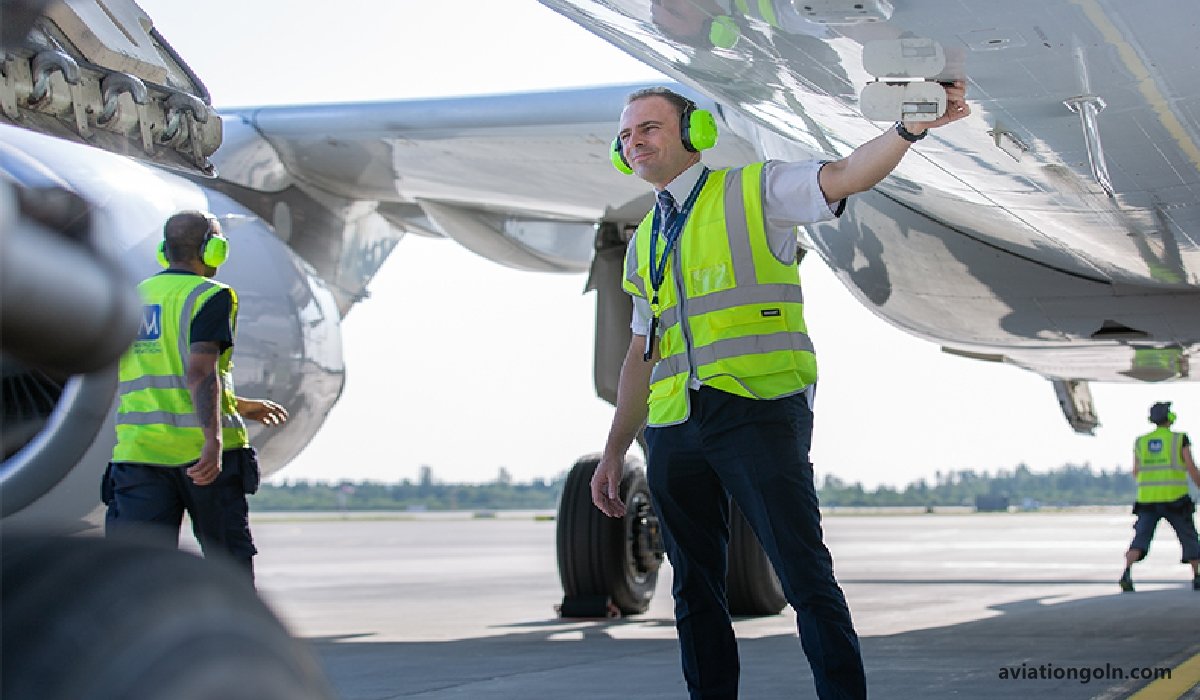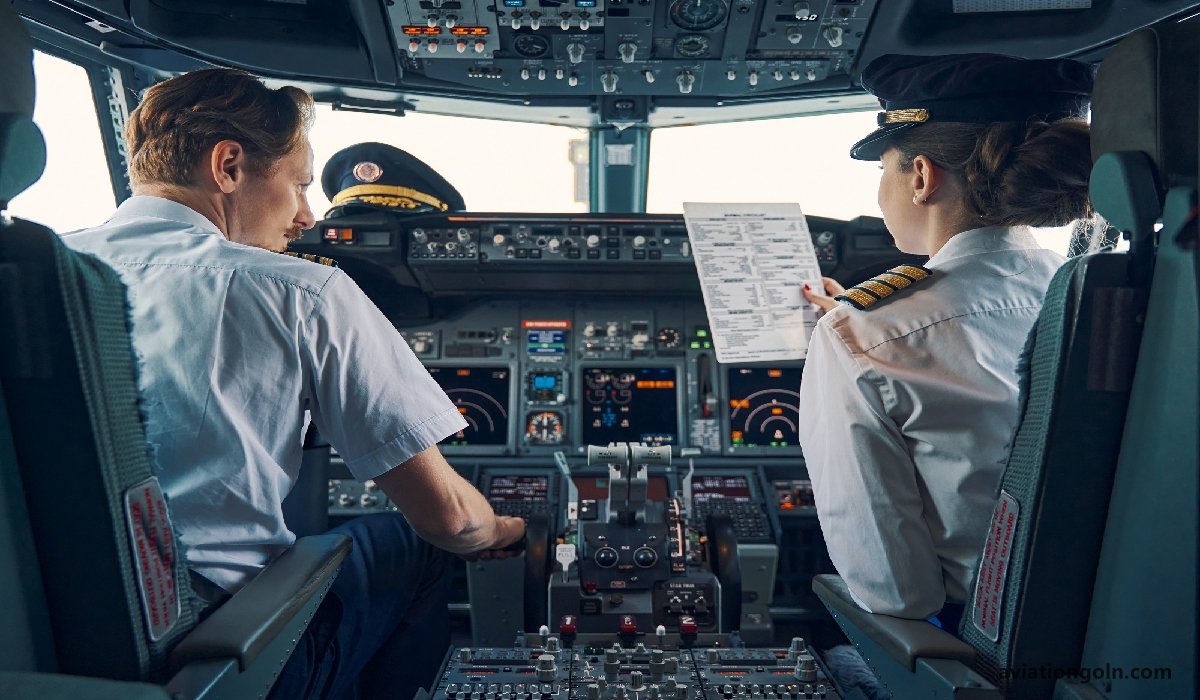Key Departments in Airline Operations: Airline operations represent a complex dance of various activities coming together to ensure that flights operate smoothly, safely, and punctually. While most passengers only interact with a fraction of an airline’s staff – typically pilots, cabin crew, and ground personnel – a myriad of departments work tirelessly behind the scenes. To grasp the sheer intricacy of airline operations, one must understand the various departments involved and how they collaborate to create seamless air travel experiences. This article delves into the key departments in airline operations, shedding light on the hierarchical organization and structure of airline companies.
Key Departments in Airline Operations: Airline Organization and Structure

Executive Management
At the top of the airline organizational chart are the senior executives. Their role is to set the strategic direction of the airline, oversee its overall performance, and make critical decisions affecting its future. Key roles in executive management include:
- Chief Executive Officer (CEO): The top executive responsible for making the highest level decisions, shaping the vision and mission of the airline.
- Chief Financial Officer (CFO): Overlooks the financial health, financial reporting, and fiscal strategies.
- Chief Operating Officer (COO): Responsible for the daily operations of the airline, ensuring efficiency across various departments.

Flight Operations
The flight operations department is at the core of any airline, ensuring that flights are operated safely and efficiently.
- Pilots: They are the most visible members, including captains and first officers (co-pilots), responsible for flying the aircraft safely.
- Flight Dispatchers: Work in tandem with pilots, preparing flight plans, assessing weather conditions, and ensuring that flights comply with all regulations.
- Flight Training and Standards: Ensures that pilots and crew maintain the highest standards of proficiency and safety.

Cabin Services
Beyond the cockpit, the cabin crew ensures the safety and comfort of passengers. The department often encompasses:
- Flight Attendants: Their primary role is safety, but they also deliver in-flight services.
- Cabin Crew Training: Ensures that flight attendants are trained in safety procedures, service standards, and first aid.

Technical Operations and Maintenance
This department ensures that aircraft are in perfect working condition.
- Aircraft Maintenance Technicians (AMTs): They undertake regular checks, perform repairs, and ensure that aircraft comply with all safety regulations.
- Maintenance Planners: Organize scheduled maintenance and checks.
- Engineering Teams: Design and implement modifications and solutions to aircraft systems and components.

Ground Services
The efficient management of aircraft while they are on the ground is crucial to punctuality and safety.
- Ground Handling: Includes baggage handlers, ground crews responsible for loading and unloading of cargo, and aircraft marshals.
- Ramp Services: Ensures that aircraft are refueled, cleaned, and stocked for their next flight.
- Passenger Services: Manages check-in counters, gate assignments, and boarding procedures.

Commercial Department
This department focuses on the financial viability of the airline.
- Revenue Management: Optimizes ticket pricing, ensuring the right balance between demand and seat availability.
- Sales and Marketing: Promotes the airline’s services, secures corporate contracts, and manages loyalty programs.
- Network Planning: Decides which routes to operate, at what frequency, and with which aircraft.

Cargo Operations
For many airlines, transporting cargo is a significant source of revenue.
- Cargo Sales and Marketing: Promotes cargo services to potential clients.
- Cargo Handling: Ensures that goods are loaded and unloaded efficiently and safely.
- Cargo Planning and Operations: Manages the logistics of transporting goods, including documentation and customs compliance.

Human Resources
With a large number of employees across various domains, HR plays a pivotal role in airlines.
- Recruitment: Hiring for various roles, from pilots to ground staff.
- Training and Development: Ensures that employees receive the necessary training to perform their roles efficiently.
- Employee Relations: Manages employee concerns, welfare, and internal communications.

Safety and Quality Assurance
The primary objective is to ensure the safety of operations.

- Safety Teams: Monitor and analyze operations for potential safety hazards.
- Quality Assurance: Conducts audits and inspections to ensure adherence to safety standards and regulations.
- Emergency Response: Prepares and coordinates responses to emergencies, from minor incidents to major crises.

Finance and Administration
This department ensures the economic sustainability of airline operations.
- Accounting: Manages the company’s financial records and ensures fiscal responsibility.
- Purchasing: Acquires everything from aircraft to in-flight snacks.
- Legal: Handles regulatory compliance, contracts, and any legal disputes.

IT and Communications
With the increasing reliance on technology, the IT department plays an indispensable role.
- Reservation Systems: Manages the booking and ticketing platforms.
- Communication Systems: Ensures effective internal and external communication.
- Cybersecurity: Protects sensitive data and ensures the resilience of the airline’s digital infrastructure.

Airline operations represent a symphony of collaboration among various departments, each contributing to the overarching goal of safe, punctual, and efficient air travel. While the mentioned departments form the core structure of most major airlines, the exact organization can differ based on the airline’s size, business model, and regional considerations. As air travel continues to evolve in response to technological advancements and changing consumer preferences, these departments must remain agile, adapt, and innovate to ensure continued success in a competitive and ever-changing environment.
See more:
